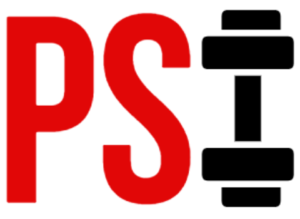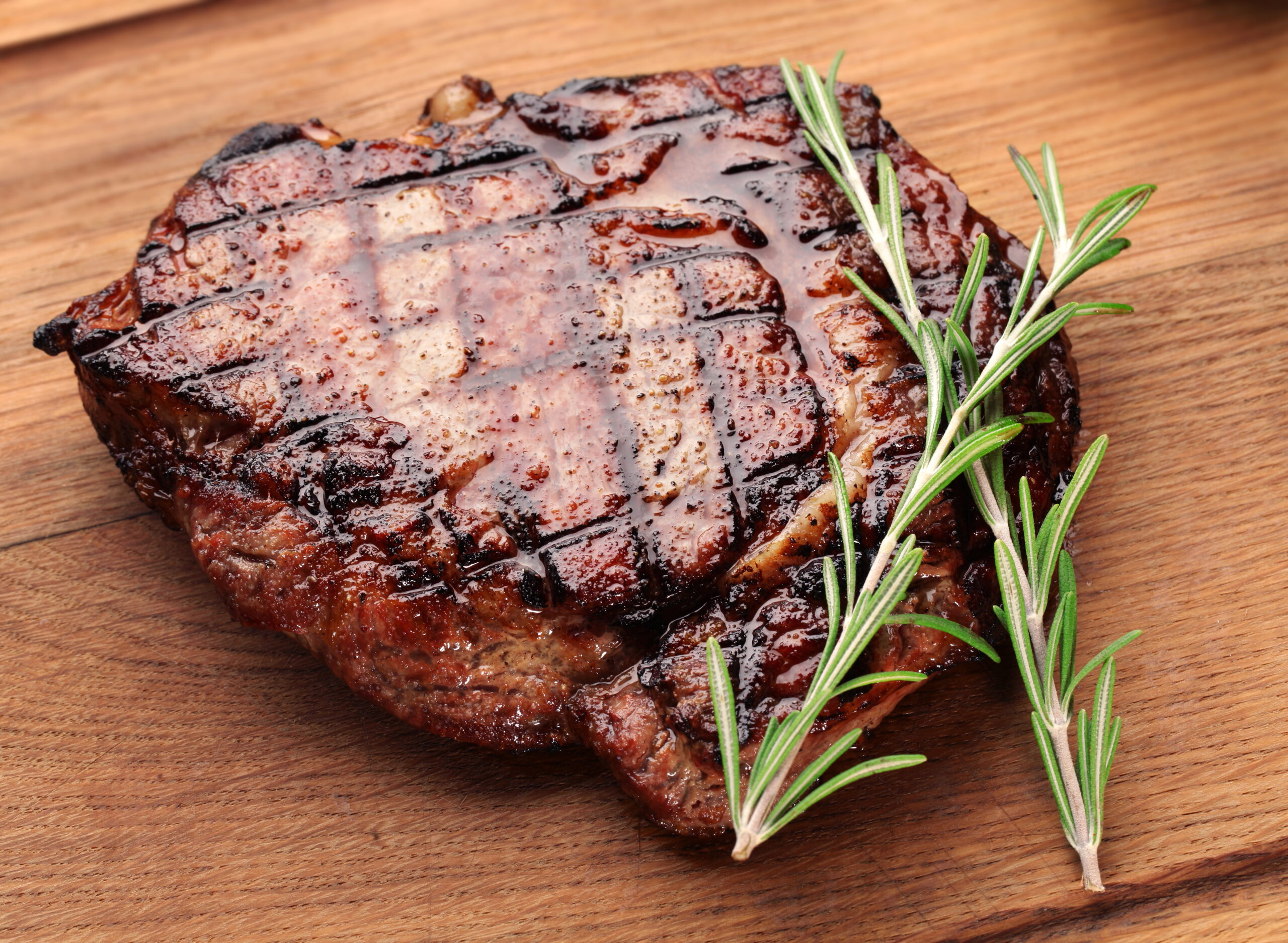Every so often, a new diet comes into the fitness world and gains a lot of attention.
Most of the diets are bad and unsustainable, so they fade into obscurity as quickly as they come in. But some of the diets work and stand the test of time.
Released back in the mid-nineties, the anabolic diet still has many followers even today, so there must be something to it.
Today, we’ll take a deep dive into the anabolic and see it for what it is.
What Is The Anabolic Diet And Where Did It Come From?
The Anabolic Diet was written by Dr. Mauro Di Pasquale – a champion powerlifter and bodybuilding coach – and released in the distant 1995.
Unlike most traditional eating plans, the anabolic diet is a systematic and precise approach to eating for optimal growth. The diet’s goal is to optimize the production and utilization of the three hormones responsible for growth and development – growth hormone, testosterone, and insulin. Further, the purpose of this diet is to achieve this effect naturally.
Supposedly, this diet alters energy metabolism and makes fat the primary source of energy. According to the diet creator, bodybuilders can expect to achieve a degree of body recomposition (muscle gain and fat loss) even if they are far past the early stages of training.
How Does The Anabolic Diet Work?
Instead of following a rigid eating plan where your calories and macronutrients look the same every day, the anabolic diet has you cycle your intake methodically. According to the creator of the diet, having such an approach to eating boasts numerous benefits. Specifically, it helps raise insulin levels at the right time to aid with muscle gain. It also prevents chronically-elevated insulin levels that often don’t benefit us but can lead to unwanted fat gain.
The diet also affects growth hormone, which is essential for cell growth and maintenance (1). As insulin levels go down during the low-carb period, which we’ll discuss below, the production of growth hormone ramps up (2). This helps create an anabolic environment and, as an added benefit, aids with fat burning and supposedly prevents fat accumulation.
According to Dr. Pasquale, the anabolic diet is also favorable for testosterone levels. Specifically, dietary fats seem to be beneficial for testosterone. In his book, the author speculated that dietary fats are vital for testosterone. Though research in that area was scarce back in the early 90s, his hypothesis mostly proved accurate.
For example, in a study published in 1996, researchers found that men who got around 40 percent of their calories from fat had up to 13 percent higher testosterone levels (3).
Recent research has also found a strong correlation between a low-fat diet and lower testosterone levels in men (4).
Interestingly enough, a recent study showed that fat consumption lowered testosterone levels in obese men with already low testosterone levels (5). This study certainly sheds light on the subject. Still, we have to consider two significant caveats: the subjects were obese (and physically inactive), and they had low testosterone levels to begin with.
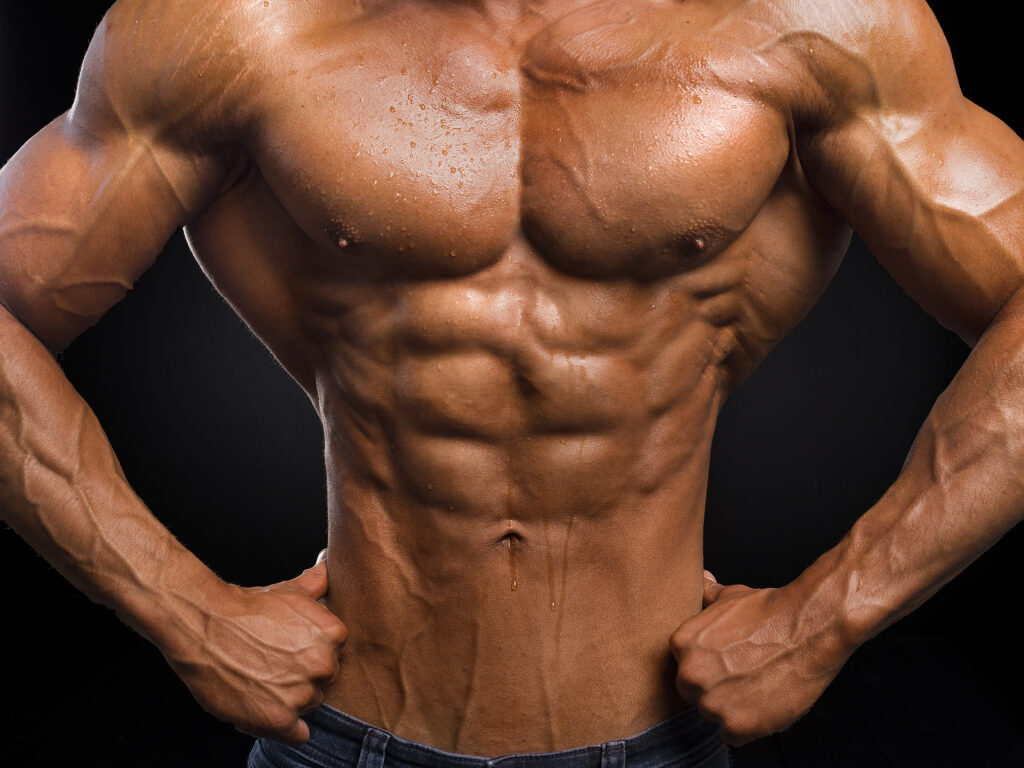
What Are The Supposed Benefits Of Following The Anabolic Diet?
The idea of the anabolic diet seems promising. The question is, what are the proposed benefits of it? Let’s take a look:
-
More Muscle And Less Body Fat
The primary benefits of the anabolic diet are its supposed effects on our ability to build muscle and lose fat. Specifically, thanks to the diet’s metabolic and hormonal impact, folks on the diet find it easier to build muscle and lose fat. They also seem to gain less fat during the bulking season thanks to the diet’s grip on insulin levels.
The author often compares the diet to the effects of anabolic hormones without the associated long-term problems. He suggests that the benefits are mainly thanks to the diets’ similar effects on our hormones.
Further, the author suggests that the anabolic diet is better for gaining periods because it leads to far smaller fat gains in the process. He argues that the diet primarily does that thanks to its influence on insulin. Contrary to what most people believe, eating fat doesn’t necessarily lead to fat gain. For example, keto dieting is largely fat-based, yet it’s challenging to find someone who gains weight on that diet.
The author also argues in favor of high-fat dieting, but we aren’t aware of any data that supports it. Dr. Pasquale suggests that folks tend to lose about 60 percent fat and 40 percent muscle on a calorie-restricted high carb diet. But, when people diet on a high fat regimen, they can shift that to 90 percent fat and only ten percent muscle.
-
Feeling Stronger And More Energetic
According to the author, having the ability to build more muscle and retaining more of it as you diet allows you to feel stronger. We all know that there is a correlation between strength and muscle mass, so this makes sense. If you lose a lot of muscle while dieting, you’re going to feel weaker and less able to complete demanding workouts.
The author also suggests that it’s precisely thanks to the diet variety that people feel more energetic. Instead of following the same thing from week to week, there is variation within, making the diet more attractive and providing a physiological edge.
-
It Optimizes The Three Primary Anabolic Hormones
The primary benefit of the diet (and the reason it supposedly works) is that it optimizes testosterone, growth hormone, and insulin. In the book, the author states that following the anabolic diet as outlined in the book helps raise testosterone and growth hormone while also keeping insulin in check.
All of this creates a growth-supportive environment without the use of steroids. Further, the author suggests that the anabolic diet helps optimize our hormones 24 hours a day, which is vital for long-term growth and development.
-
Decreased Catabolism (Muscle Protein Breakdown)
Aside from the diet’s effects on the three primary anabolic hormones within the body, it also affects cortisol – the stress hormone. Specifically, the diet supposedly lowers cortisol levels within the body, which is crucial for lower levels of catabolism and muscle loss.
Supposedly, this effect is mostly brought up thanks to fat. Adipose tissue and dietary fat become protectors of muscle tissue.
The author argues that we tend to experience significant muscle protein breakdown on a high-carb diet. So, the body has to produce even more muscle proteins to keep the nitrogen balance positive for growth.
The anabolic diet effectively fixes this issue and drastically lowers muscle protein breakdown. In essence, that allows us to produce fewer muscle proteins but experience better growth over time.
-
It Supposedly Allows Bodybuilders to Be In Shape Year-Round
What makes the diet so alluring is the idea that it doesn’t work like the typical diet. Instead, it becomes a lifestyle for the person who follows it and allows them to stay in shape year-round.
Usually, bodybuilders would go through the well-known bulking and cutting cycles that often help them stay in good shape for a few months every year. We won’t argue the merit of bulking and cutting cycles today because it is far outside this article’s scope.
The author suggests that the anabolic diet is not one where you bulk and then cut. It doesn’t involve leisurely bulk cycles followed by excruciating cutting periods. The diet seamlessly blends these periods and results in better progress and a reduced need for caloric restriction.
The author further argues in favor of the anabolic diet, stating that you don’t have to give up your favorite foods to maintain it. You can enjoy a high-fat meal plan during the week and then have lots of carbs on the weekend – as most people do.
-
Easier to Follow
As a whole, the author suggests that the anabolic diet is much simpler to follow than most eating plans. For one, the anabolic diet supposedly prevents mood swings from occurring. One potential reason why that is likely has to do with the stabler insulin levels.
On a high-carb diet, people often find themselves feeling energetic and then suffer the dreaded sugar crash (6). This also leads to mood instability. However, when folks go on a high-fat diet, insulin is much stabler, and their mood stays consistent for much longer.
In the same line of thought, the anabolic diet also supposedly reduces hunger and cravings drastically. One potential reason why that is has to do with the fact that fat is very satiating and tends to digest more slowly. This allows us to feel fuller on fewer calories and prevents us from becoming hungry soon after eating.
The author also argues that the anabolic diet is perfect for many people because it is not overly-restrictive. You can eat most of your favorite foods, and you have consistent periods where you can eat a lot of carbs. Thanks to that, the diet also provides weekend relief, which is incredibly beneficial.
Instead of worrying about your nutrition on your days off, you can go out and enjoy life with your friends. Unlike many diets and regimens that slowly turn us into social outcasts, this is a good one that maintains our sanity and gives us a lot of dietary flexibility.
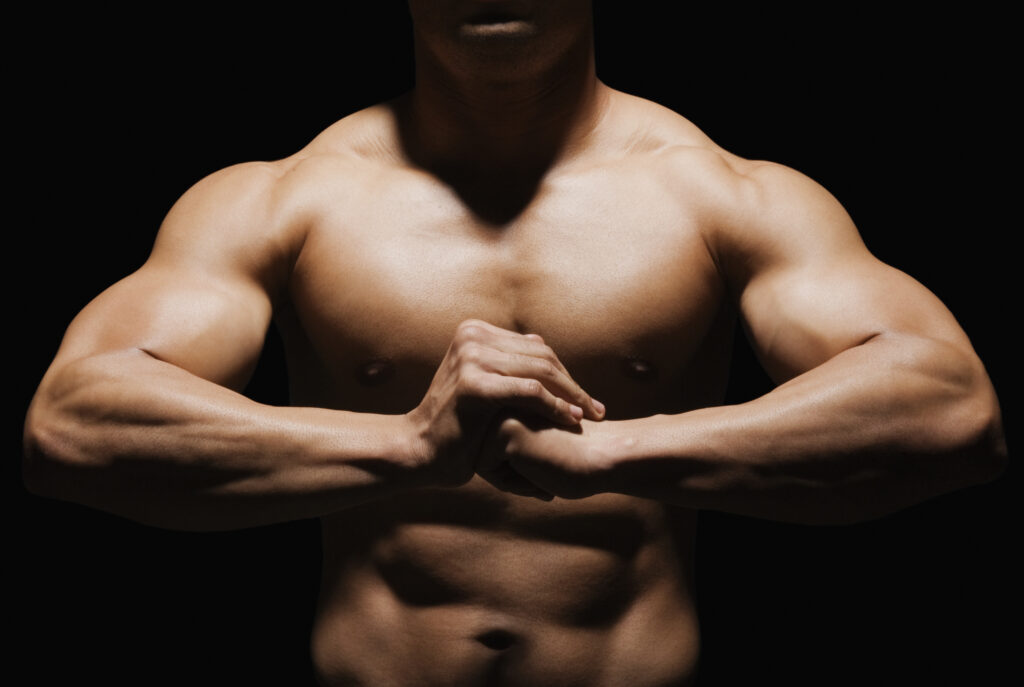
How to Get Started With The Anabolic Diet: Step-By-Step
Way before the anabolic diet came to life, many people were afraid of dietary fats. For the longest time, gurus and marketers have claimed that dietary fats lead to fat gain. Even worse, dietary fats supposedly lead to heart problems and chronic diseases.
When the anabolic diet came out, it cut through this imposed dogma, and its author set out to introduce a new and better way to eat, despite what many people previously thought.
Whether the diet made an impact is unclear, but we do know one thing:
Over the decades, more and more research has shown that dietary fat is not bad for us. In fact, dietary fat is vital for numerous functions within the body, and we need to consume it. Plus, with the rise of the ketogenic diet, we’ve slowly become even more tolerant of dietary fats.
Preparations For The Anabolic Diet
The author says that everyone who wants to go on this diet should first go through an examination by their doctor. Specifically, he urges people to check their cholesterol (HDL and LDL), triglycerides and ask their doctor how the diet might affect that. Dr. Pasquale also recommends examining fasting blood glucose, uric acid, and thyroid-stimulating hormones at the bare minimum.
Having a thorough physical examination is also a good idea.
Before starting the diet, some self-examination is also incredibly beneficial. Specifically, you should write down your starting weight and examine your body fat percentage. That way, you can see how the diet affects you as it goes on.
Further, the author suggests that you may experience some degree of body recomposition initially, and a lack of weight gain shouldn’t discourage you from going forward. This is where body fat percentage examinations might be beneficial.
And finally, Dr. Pasquale also recommends taking circumference measures of your arms, calves, waist, thighs, and other areas to better understand how they grow over time.
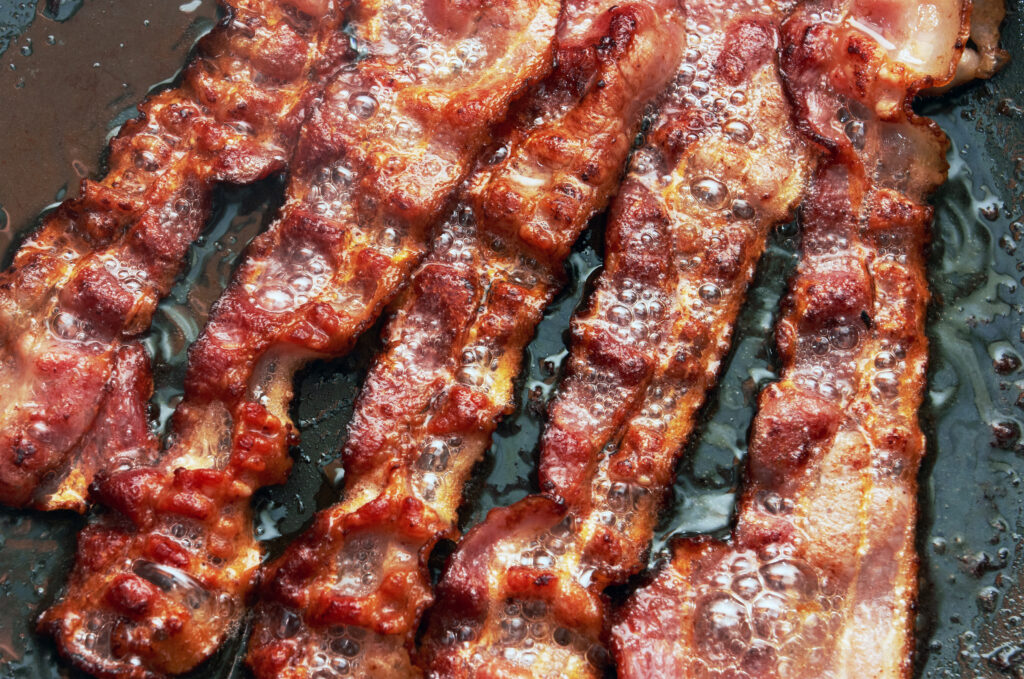
The Diet
The reasoning behind the diet’s efficacy is complicated, but luckily for us, the diet itself is straightforward. The diet calls for five high-fat and high-protein days from Monday to Friday. As a rule, you cannot consume more than 30 grams of carbs per day. The author recommends the following macronutrient split:
- 55 to 60 percent of your calories come in from fat
- 30 to 35 percent of your calories come in from protein
- No more than 30 grams of carbs per day
For example, if you need to eat 3,000 calories per day, your split would look like this:
- 200 grams of fats
- 262 grams of protein
- Up to 30 grams of carbs
Then, on Saturday and Sunday, you turn everything around and do an ad libitum carb-loading phase. The goal: carbohydrate saturation. Everything is permitted: pizza, beer, and every other high-carb goodie you can imagine. On the weekend, the author recommends a macronutrient split such as this:
- 30 to 40 percent of calories from fats
- 10 to 15 percent of calories from protein
- 45 to 60 percent of calories from carbs
To get back to our example from above: If you need to eat 3,000 calories per day, it will look like this:
- 100 to 133 grams of fats
- 75 to 112 grams of protein
- 337 to 450 grams of carbs
As you can probably see, the diet’s goal is simple: limit carb intake for five days and then load on carbs for 36-48 hours like there is no tomorrow. This will lead to dramatic rises in insulin levels. The first effect of the high carb intake will be to fill up your liver and muscle glycogen stores.
Aside from that, this whole diet forces your body to become better at burning fat for fuel. The two high carb days you have each week provide the benefits but aren’t enough to stop your body from utilizing fat for energy. In essence, the author suggests that the diet brings the best of both worlds.
As the new week comes, you will experience fantastic workouts on Monday and Tuesday, accompanied by insane pumps thanks to the plentiful glycogen and water in your muscles. From Wednesday to Friday, the body switches back to relying almost entirely on fat for fuel with low glycogen levels.
With everything said, the author still recommends moderation. Specifically, if you find that you have a large appetite and can quickly eat thousands of calories worth of carbs, you should know when to stop. Overeating results in fat gain, and there is no diet out there that prevents it from happening.
Recommended Reading: During the carb loading phase, you may benefit from a supplement to help your body utilize the carbohydrates you are consuming. Click here to read and article on Pump Some Iron about Glucose Disposal Agents.
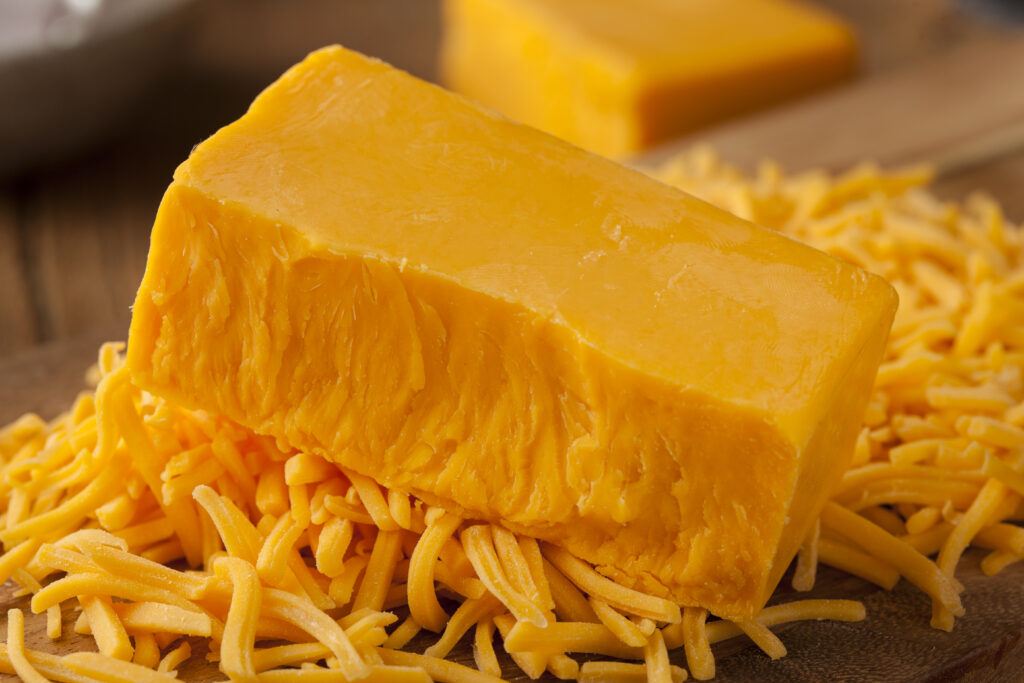
Food Choices
Your weekday nutrition will closely resemble a ketogenic diet, and there are plenty of high-fat/low carb foods and meals you can have. The author recommends we emphasize foods like pork, steak, hamburger, and other red meats. Venison, fish, and poultry are also fantastic options.
Canned goods such as tuna, sardines, shrimp, and herring are also beneficial.
In terms of dairy, cheeses are all allowed, and so are brie, camembert, gruyere, and other low-carb options.
Whole eggs are fantastic and offer high-quality protein. Aside from that, most nuts and natural oils are fair game.
If you have a sweet tooth, the author recommends foods like sugar-free jello and sugar-free beverages: soda, energy drinks, etc.
The author suggests that the anabolic diet is far more sustainable because you only have to put off carbs until the weekend, while most diets don’t end in sight, which often leads to relapses.
Aside from that, Dr. Pasquale argues in favor of dietary diversity and urges followers of the diet to consume various foods on the diet, including fish for its health benefits.
As for the timing of meals, the author wholly supports the idea of eating when you’re hungry. If that means having three square meals – go for it. If you need to sit down for a meal four to six times per day, do that instead. Whatever it is, you should eat when hungry and avoid skipping meals.
With that said, it’s a good idea to avoid eating within 45 to 60 minutes of working out, as that can hinder your performance and force you to use energy for food digestion rather than training.
Rate of Weight Gain – What Does The Anabolic Diet Suggest?
As with any diet, the goal here is to establish a calorie surplus (7). No matter your diet composition, you won’t gain much muscle if you don’t eat in a surplus.
To achieve an optimal surplus, the author recommends using this formula:
20 to 25 calories per pound of your desired body weight.
As the author states in the book, the desired body weight should be around 15 percent over your ideal weight. The author gives the following example:
“When we use the term “ideal weight” we’re talking about what you consider to be your
optimum contest weight, and you’ve got to be practical about it. If you’ve been competing at
200 pounds for 4–5 years and then say your ideal weight is 315, that’s not practical. More
reasonable would be to take that ideal weight up to 215 or so and increase your weight to 15
percent above this, or 250 pounds, in this phase.”
In that case, the formula would net you a daily calorie intake of 5,000 to 6,250. As far as the dietary composition goes, the author recommends following the same rules: low-carb/high-fat during the week and lots of carbs over the weekend.
The author also recommends looking at your weekly calories instead of your daily goals. For example, if you have to eat 5,000 calories per day, that would be a weekly goal of 35,000 calories. Even if you happen to undereat one day, you can make up for it in the following days.
As for weight gain, the author recommends either going up to your desired body weight or until you go up to about 10 percent body fat – whichever comes first.

The Cutting Phase
The author again stresses the importance of maintaining the diet’s integrity and only changing the amount of food we are eating.
In this case, the author recommends taking off 1,000 calories from your daily intake during the first week and then another 500 during the second. For example, if you were eating 5,000 calories on your bulk, the first week of cutting would be 4,000 calories, and the second week would be 3,500. The author recommends shaving off another 500 calories for week three if you don’t manage to lose at least 1.5 pounds of fat.
The goal is to keep lowering your intake until you can lose a healthy 1.5-2 pounds of body fat per week.
On the other hand, if you’re losing faster, you should adjust your calories upward to see how it goes.
In any case, the author stresses the importance of experimenting and finding the right calorie intake for you. He also suggests that we should closely monitor our body fat.
If you want to read The Anabolic Diet by Dr. Mauro Di Pasquale, You can find the PDF Here.
Thank you for reading! Now, go Pump Some Iron!
